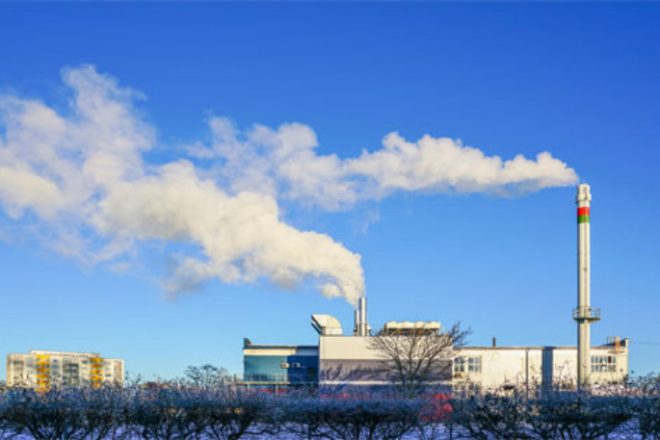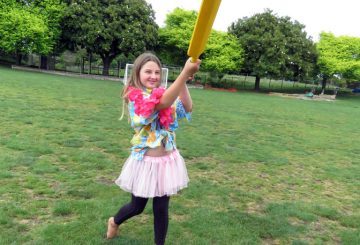Sebuah laporan menunjukkan bahwa peternakan Selandia Baru dapat mengurangi emisi gas rumah kaca mereka dengan mencari pupuk umum dari tambang lokal alih-alih mengimpor ‘fosfat darah’. Laporan tersebut, yang ditulis oleh perusahaan pertambangan L&M Group dan konsultan Agribusiness Group, didanai oleh Our Land and Water National Science Challenge yang didanai publik.
Fosfat, yang membentuk sekitar setengah dari pupuk yang digunakan di Selandia Baru, membantu tanaman tumbuh tetapi juga dapat mencemari saluran air jika digunakan secara berlebihan. Sebuah studi internasional yang dilakukan oleh penulis dari Selandia Baru dan Inggris menunjukkan bahwa banyak petani di seluruh dunia menggunakan terlalu banyak fosfat, menyebabkan polusi yang tidak perlu. Sementara itu, yang lain tidak menggunakan cukup untuk memaksimalkan produksi pangan tanah mereka. Studi ini juga memperingatkan bahwa fosfat, yang tidak dapat diperbarui, harus digunakan lebih hemat untuk bertahan lebih dari 500 tahun.
Pada tahun 2021, Selandia Baru adalah importir fosfat terbesar kesembilan secara global, menghasilkan sekitar 700.000 ton. Lebih dari setengahnya berasal dari Maroko, diikuti oleh Togo dan China. Investigasi 2018 oleh Stuff mengungkapkan bahwa pasokan fosfat Maroko terkait dengan krisis kemanusiaan yang telah berlangsung lama di Sahara Barat, sebuah wilayah yang dicaplok Maroko pada 1970-an.
Studi Selandia Baru, selesai pada bulan Desember, mengeksplorasi kemungkinan penambangan fosfat secara lokal, sebuah gagasan yang telah dicari oleh L&M Group. Laporan tersebut mengklaim bahwa penambangan fosfat di Selandia Baru akan memiliki sekitar setengah dampak pemanasan global dari penambangan dan pengangkutan pupuk impor yang saat ini digunakan oleh petani.
Laporan itu juga menyoroti manfaat etis penambangan secara lokal, menyatakan bahwa itu akan secara efektif mengatasi masalah politik dan sosial yang terkait dengan penggunaan ‘fosfat darah’ dari Sahara Barat. Namun, diakui bahwa penambangan terbuka, mirip dengan penggalian batu kapur, akan memiliki dampak lingkungan.
Laporan itu juga menyarankan bahwa Selandia Baru berpotensi menghasilkan bentuk pelepasan pupuk yang lebih lambat, yang akan cenderung tidak tersapu ke danau, sungai, dan akuifer. Menurut Stats NZ, 64% panjang sungai memiliki konsentrasi fosfor pada tingkat yang menimbulkan risiko lingkungan.
L&M Group telah mengidentifikasi potensi deposit fosfat di Clarendon, Otago, Canterbury Utara, dan Kaikoura.




























































